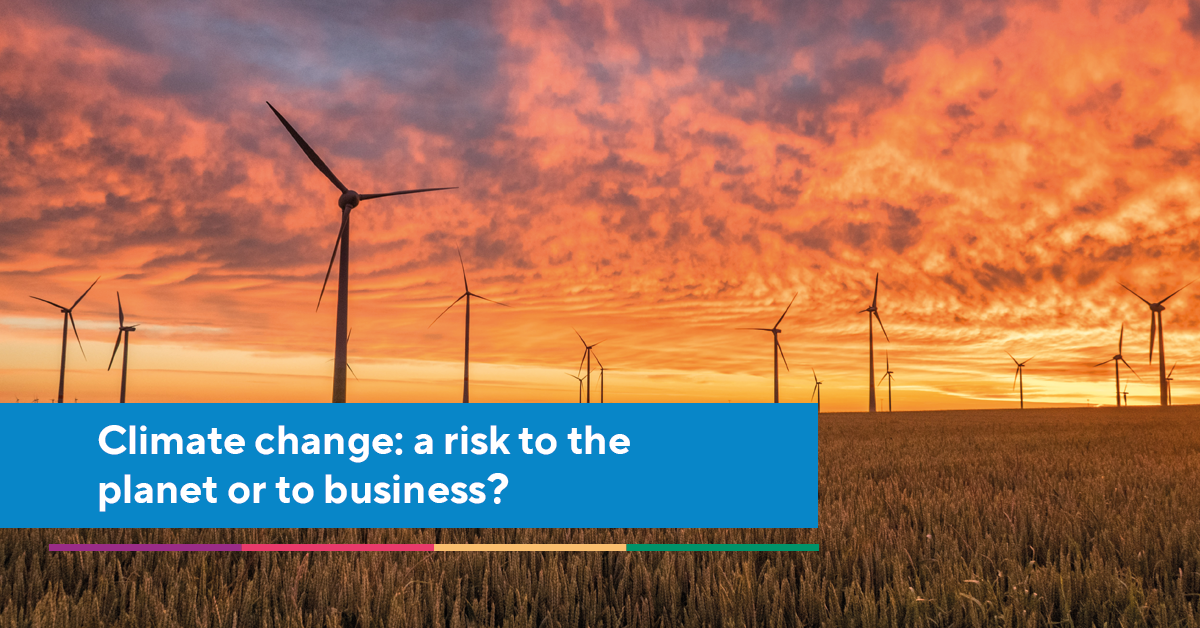As 2023 edges closer, we are now beyond halfway between the 2015 Paris Agreement and the 2030 deadline to halve global emissions. Even though key issues are being discussed and negotiated on a global scale at events such as COP, little progress to reduce global emissions has been made and they are instead still on the rise. Scientists, NGOs, and many people in sustainability-related roles across a variety of industries were disappointed at the outcomes of this year’s COP and deemed it a disaster. Sustainability expert Dr Sandy Smith said “COP26 was life support and COP27 was sadly ‘extended life support’. Sally Uren from Forum of the Future pulled no punches in stating that “COP27 failed”.
And indeed, after two weeks of negotiations, we still have no universal agreement which will ensure the future of human life on Earth. But no matter how many global discussions by heads of state are hijacked by vested interested and greenwashing, the science remains the same.
But what does COP27 have to do with me?
You are probably wondering what effect the failure of a climate conference in Egypt will have on your business and brand. Well, quite a bit really.
Without making the narrative too bleak, the longer time spent not tackling climate change and making the progress required to meet commitments, the greater the risk to your bottom line. This is because the impacts of both climate change and subsequent biodiversity collapse on business’ supply chains will dwarf that of any pandemic or recession due to their inextricable reliance on our planet’s natural resources. So whilst the world and its media are distracted by the executive squabbling at events such as COP27, precious time is lost which could otherwise be used to put concrete actions in place to deliver on near-term goals.
This is why it is businesses who need to step up and tackle net zero head on. The true heroes of climate action will not be the world leaders and those you see doing talks at events such as COP. Instead, it has to be the people behind the scenes within businesses – those in procurement teams, sustainability teams, finance teams - who are putting in the work every day to affect positive change (however small).
What do businesses need to do?
Businesses do not just fit into the net zero narrative; they are fundamental to it. They also have a unique ability to influence a huge acceleration in climate action at a global scale through their supply chains.
Over half of global carbon emissions come from supply chains. With this in mind, brands and retailers with vast product portfolios and multinational supply bases are the most influential players in the climate action agenda by far.
Scope 3 emissions often account for over 90% of any business’ carbon footprint, with supply chain emissions accounting for at least 80% of that on average. This makes doing the work to calculate and reduce supply chain emissions the most impactful thing any business can do on the path to net zero.
“By engaging suppliers to create a net-zero supply chain, companies can boost their climate impact, enable emission reduction in hard-to-abate sectors, and accelerate climate action in countries where it would otherwise not be high on the agenda.”
- World Economic Forum 2021
The right data will empower, the wrong data will hinder
If your business has not yet begun its journey to reducing supply chain emissions, now is the time to do so. And with the clock ticking closer towards 2030, there is no time left to fall prey to the variability and subsequent confusion caused by inaccurate emissions data.
In their path to calculating and reducing supply chain emissions, some of the most well-intentioned businesses can be led astray by:
• very broad industry-estimated emissions factors
• inaccurate categorisation of purchased goods and services
• manual error
• the desire to ‘go at it alone’
Inaccurate and estimated data can also result in frustration due to a lack of progress reflected in reports despite laudable efforts you make in supplier sustainability initiatives.
To save you from this fate, the best starting point is to first understand what kind of emissions data you are able to gather from your suppliers. This way, you can calculate and start reducing your supply chain emissions with the most accurate and precise data possible. The Supply Pilot Kickstart Assessment can provide you with this starting point.
You wouldn’t start a hike in broken boots - don’t take the first steps on your path towards net zero journey with inaccurate data.




